Hi there, pet lovers! 🐍
Few snakes command as much awe as the Emerald Tree Boa (Corallus caninus). With its jewel-toned scales, dramatic presence, and fascinating behaviors, this arboreal serpent is a dream for experienced reptile keepers. While often compared to the Green Tree Python, the Emerald Tree Boa stands apart with its unique traits—live birth, extraordinary heat-sensing pits, and a prehistoric aura.
This guide dives deep into everything you need to know about keeping an Emerald Tree Boa, from temperament and handling to enclosure setup, feeding, and health care. Whether you’re considering one or simply captivated by these emerald wonders, we’ll help you understand what makes them truly special.
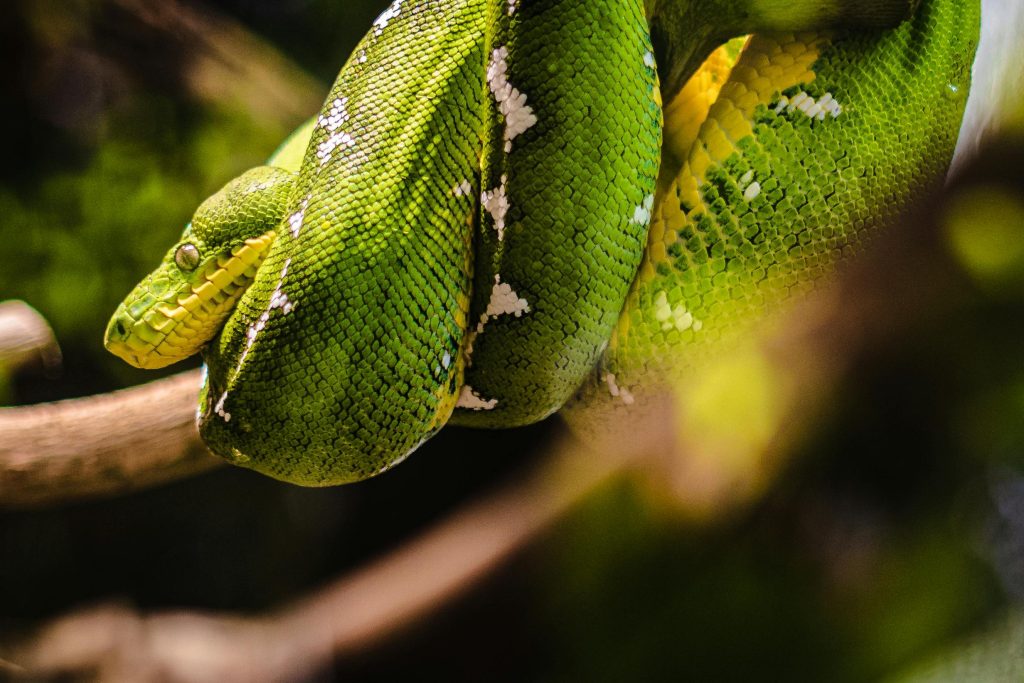
Overview
Emerald Tree Boas are stunning, arboreal snakes native to the rainforests of South America. Known for their vibrant green color, muscular build, and heat-sensing pits, they are a favorite among advanced reptile enthusiasts. Here’s a quick snapshot:
- Handling & Temperament: Calm when worked with regularly but can be defensive if startled.
- Care & Maintenance: Requires precise humidity, temperature, and vertical space.
- Health & Durability: Hardy if kept correctly but sensitive to poor conditions.
- Availability: Rare in pet stores; best sourced from reputable breeders.
- Cost: Expensive, especially for Amazon Basin locality.
Overall: A breathtaking but high-maintenance snake best suited for experienced keepers.
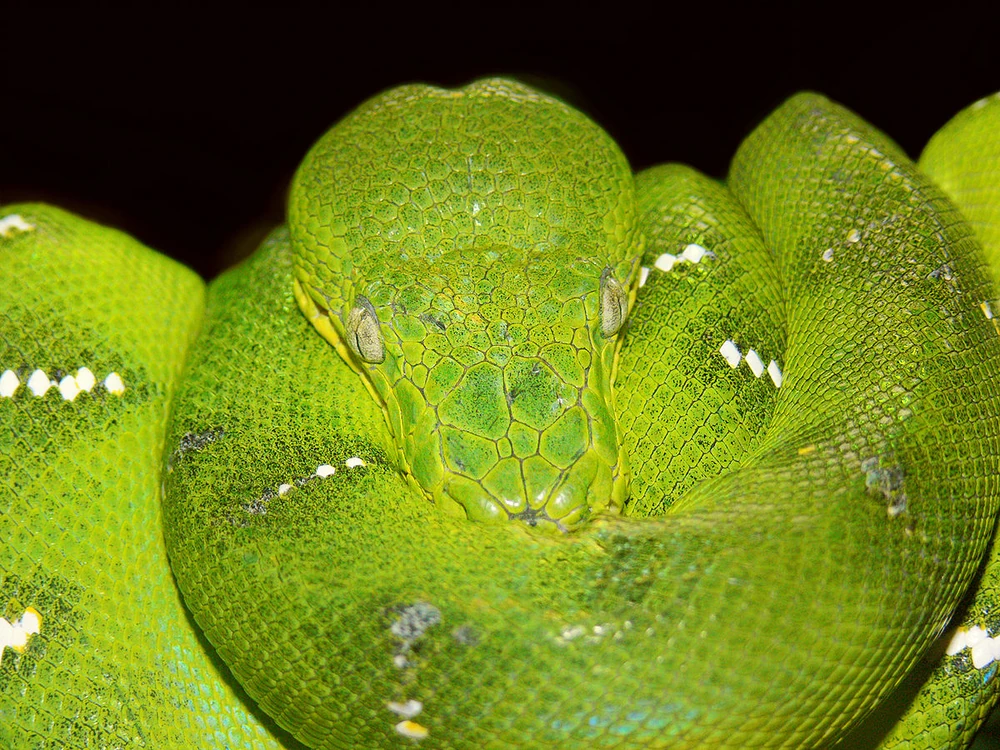
Why Choose an Emerald Tree Boa?
Emerald Tree Boas are not beginner snakes, but for the right keeper, they offer:
✅ Unmatched Beauty – Their emerald-green scales and striking white markings make them one of the most visually stunning snakes.
✅ Fascinating Behavior – Their slow, deliberate movements and perching habits are mesmerizing.
✅ Long Lifespan – With proper care, they can live 15-20+ years.
✅ Unique Adaptations – Their deep labial heat pits and powerful jaws set them apart from other boas.
However, they demand specific care, and their bite (with large teeth) can be painful. They’re best for those ready to invest in their needs.
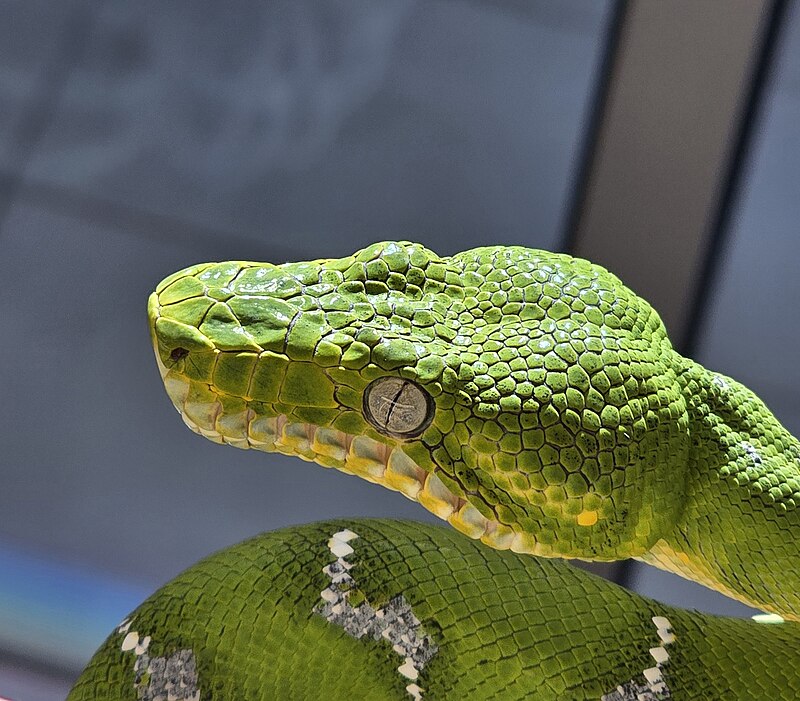
Handling and Temperament
Personality & Behavior
Emerald Tree Boas have a reputation for being defensive, but this varies by locality and individual:
- Northern Locality (more common in captivity) – Can be more nervous but often tame down with regular, gentle handling.
- Amazon Basin Locality – Typically calmer, sometimes called “puppy dog tame” by breeders.
Key Handling Tips
✔ Approach slowly – Sudden movements can startle them.
✔ Support their body – They feel secure when properly held.
✔ Avoid night handling – They are nocturnal hunters and more reactive in the dark.
✔ Respect their space – Some individuals may never enjoy handling.
Biting & Defensive Behavior
Their long, sharp teeth are designed for gripping birds and small mammals. While bites are rare, they can be painful and bloody. Most bites occur due to:
- Mistaken feeding response (especially at night).
- Sudden movements near their face.
- Stress from improper handling.
With patience and trust-building, many Emerald Tree Boas become docile and manageable.
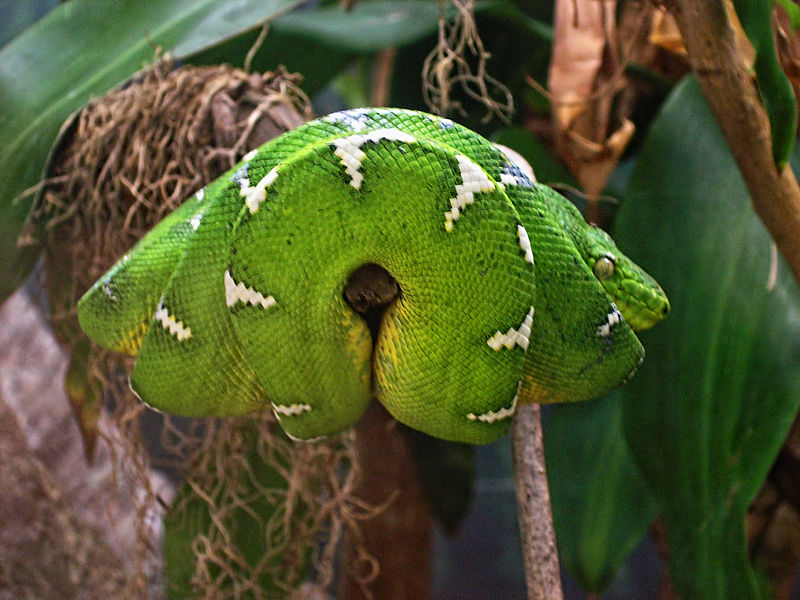
Care and Maintenance
Enclosure Setup
Ideal Enclosure Size:
- Juveniles: 18x18x24″ (vertical terrarium).
- Adults: 36x18x36″ or larger (height is critical).
Essential Setup Features:
✔ Vertical space with sturdy branches – They perch horizontally in a tight coil.
✔ High humidity (70-90%) – Achieved via misting systems or manual spraying.
✔ Proper ventilation – Prevents respiratory infections.
✔ Hiding spots & foliage – Helps them feel secure.
✔ Water bowl (placed low) – Encourages movement and hydration.
Temperature & Lighting
- Daytime: 78-82°F (ambient), basking spot up to 85°F.
- Nighttime: Can drop to 72-75°F.
- UVB lighting? Not required but can benefit overall health.
Avoid overheating – Temperatures above 88°F can be dangerous.
Feeding & Diet
- Primary Diet: Frozen/thawed rodents (mice or rats).
- Feeding Frequency:
- Juveniles: Every 10-14 days.
- Adults: Every 3-4 weeks.
- Key Feeding Tips:
- Warm prey thoroughly (their heat pits detect it).
- Feed at night (when they’re most active).
- Avoid overfeeding – Obesity is a risk.
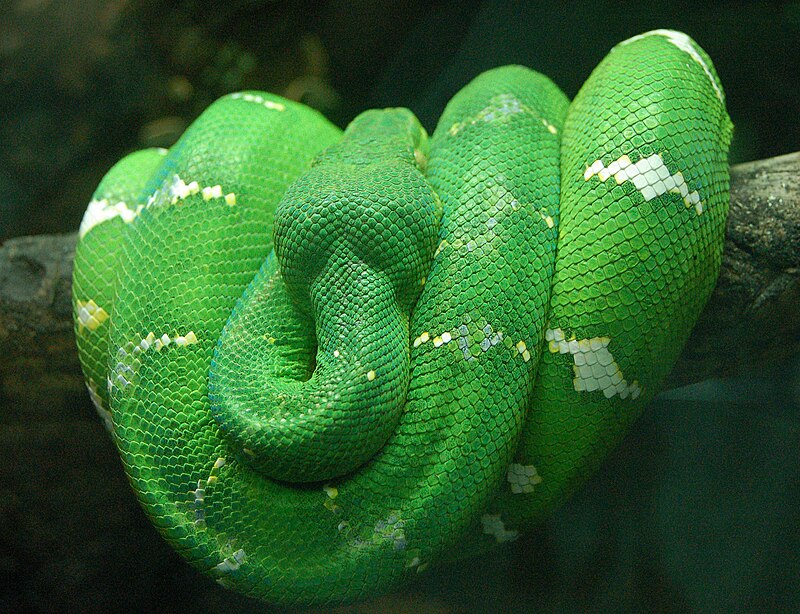
Health and Durability
Common Health Issues
🚨 Respiratory Infections – Caused by low humidity or poor ventilation.
🚨 Dehydration – Signs include wrinkled skin and retained shed.
🚨 Digestive Issues – Due to lack of exercise or incorrect temps.
🚨 Mites & Parasites – More common in wild-caught specimens.
Preventative Care
✔ Maintain stable humidity & temps.
✔ Provide climbing opportunities (promotes digestion).
✔ Quarantine new snakes (prevents disease spread).
✔ Regular vet check-ups (especially for parasites).
With proper care, they are hardy and can live up to 15-20+ years.
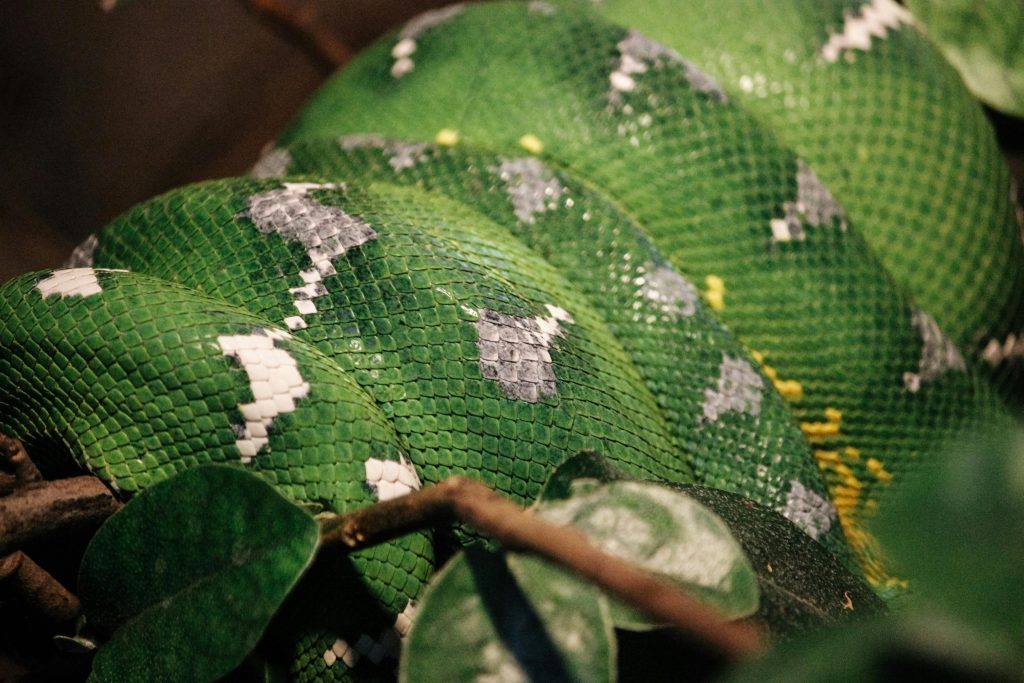
Availability and Cost
Where to Buy
- Reputable Breeders – Best for healthy, captive-bred specimens.
- Reptile Expos – Occasionally available, but research the seller.
- Avoid Wild-Caught – Higher risk of parasites and stress-related issues.
Pricing
- Northern Locality: $1,000 to $2,000.
- Amazon Basin Locality: $3,000 to $5,000+.
- Setup Costs: $500 to $1,000 (enclosure, heating, humidity control).
Investing in a captive-bred snake is worth it for long-term success.
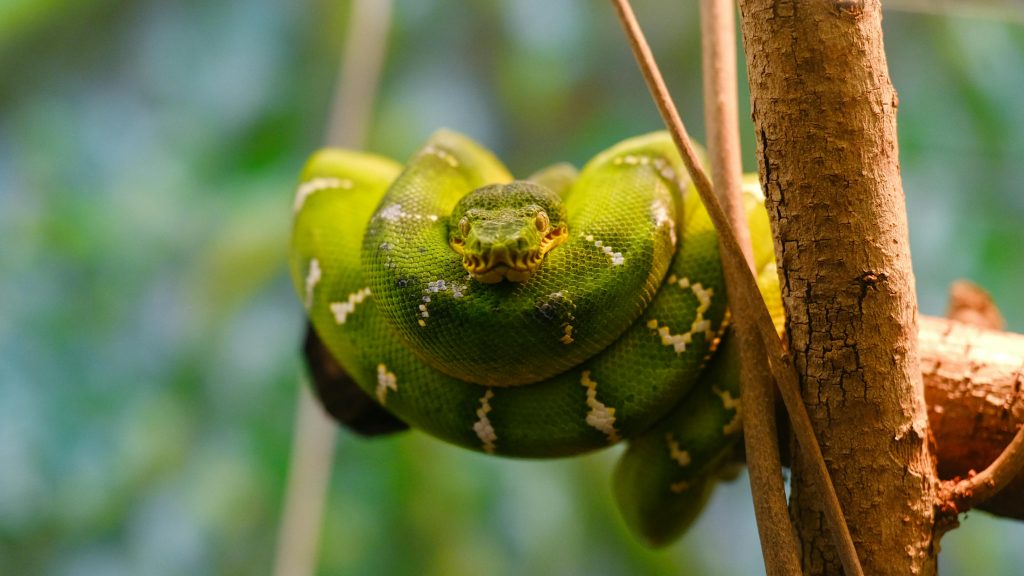
Pros and Cons
Pros
✔ One of the most beautiful snakes in the world.
✔ Fascinating behavior and unique adaptations.
✔ Long lifespan with proper care.
✔ Can become docile with regular handling.
Cons
❌ Expensive to buy and set up.
❌ Requires precise humidity and temperature control.
❌ Not ideal for beginners.
❌ Bite can be painful (though rare).
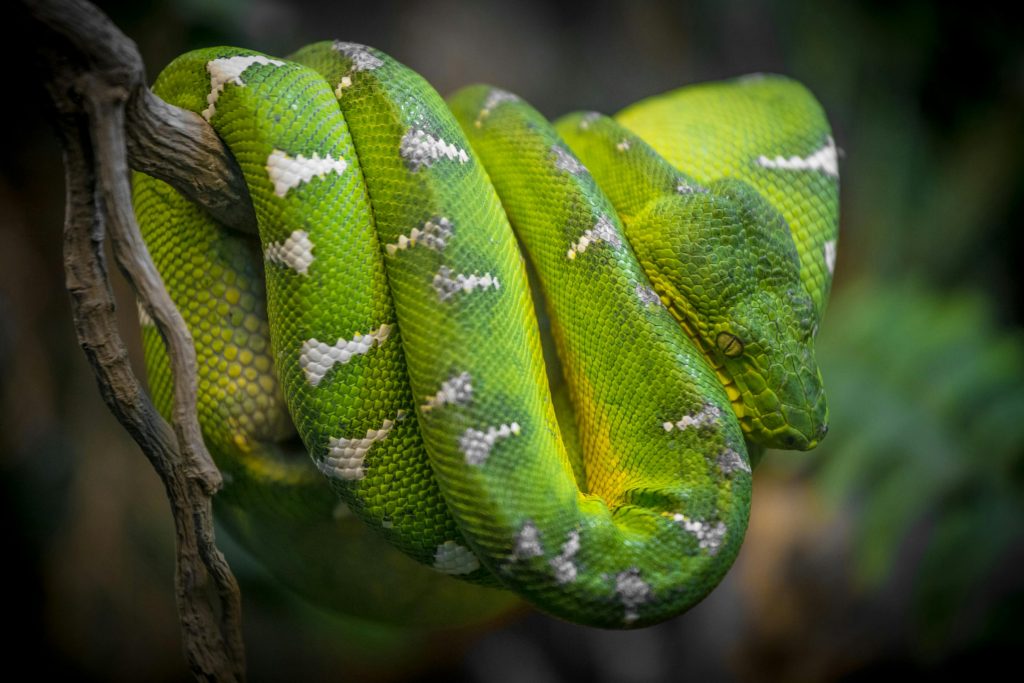
Final Thoughts
The Emerald Tree Boa is a jaw-dropping, high-maintenance serpent that rewards dedicated keepers with its stunning looks and intriguing behavior. While not for everyone, those who master their care will find them one of the most captivating snakes in the reptile world.
For experienced keepers ready for the challenge, an Emerald Tree Boa is a true gem.
Have you kept an Emerald Tree Boa? Share your experiences below!
Want more in-depth reptile reviews? Subscribe for expert care guides, species breakdowns, and exclusive tips! 🐍💚



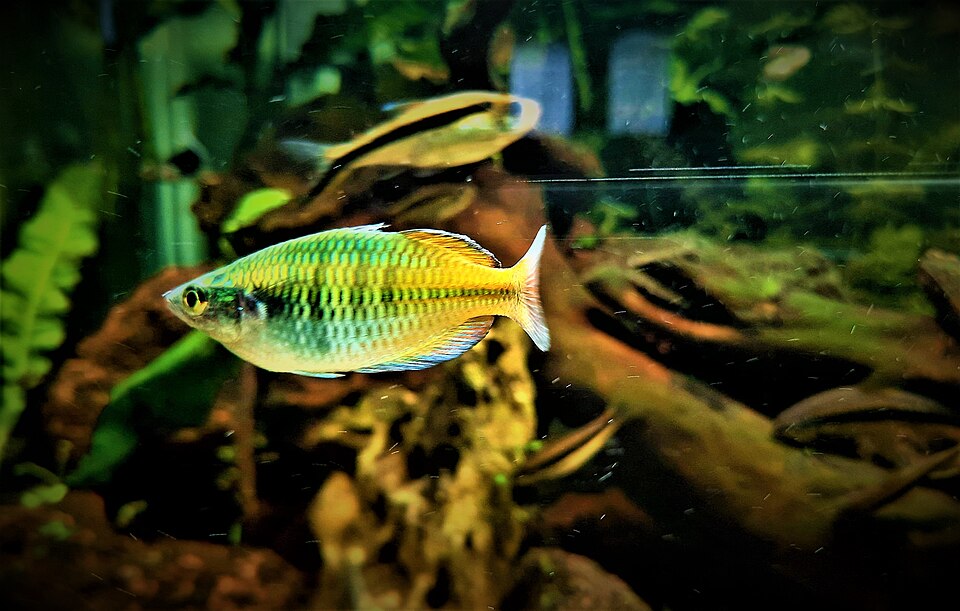
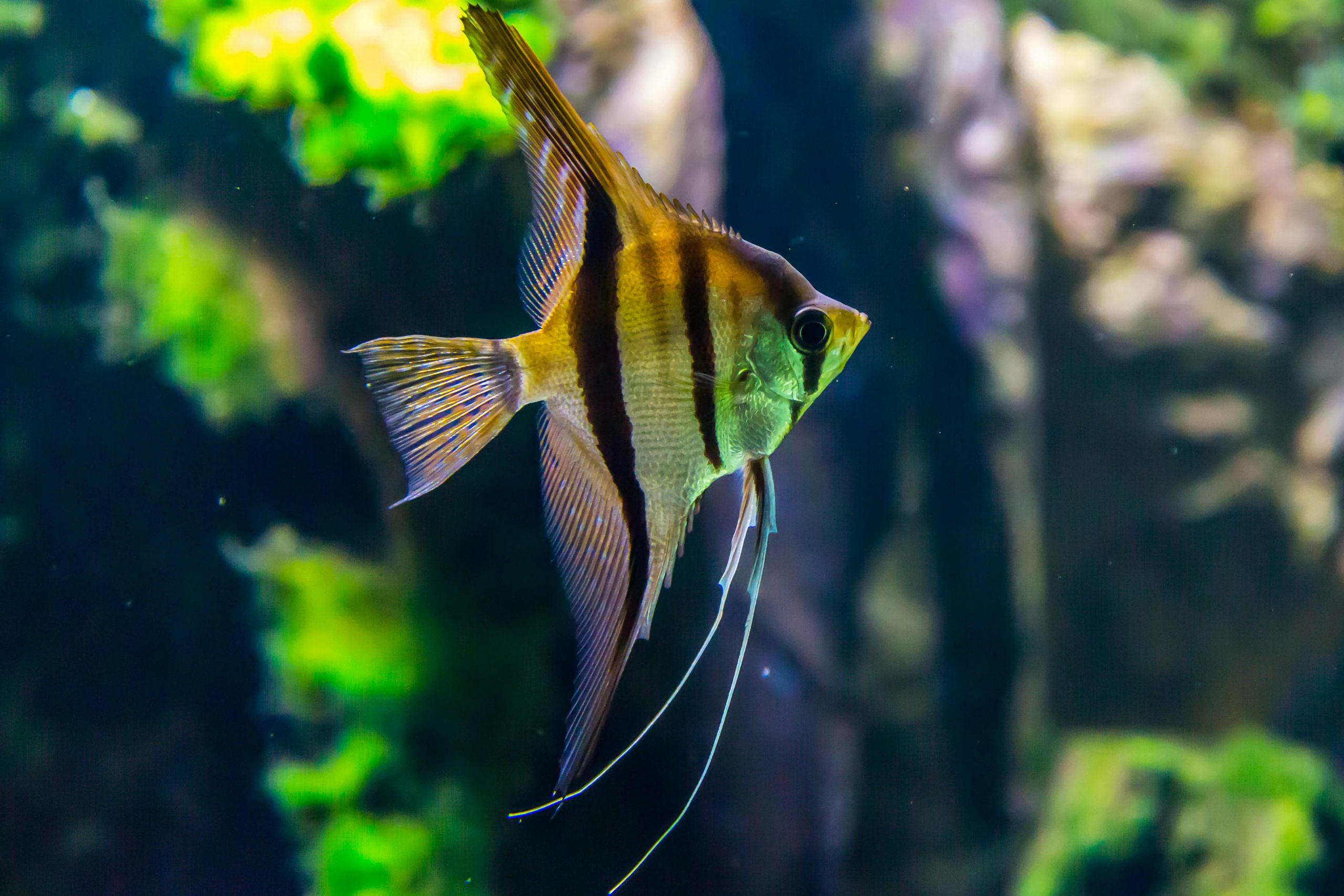
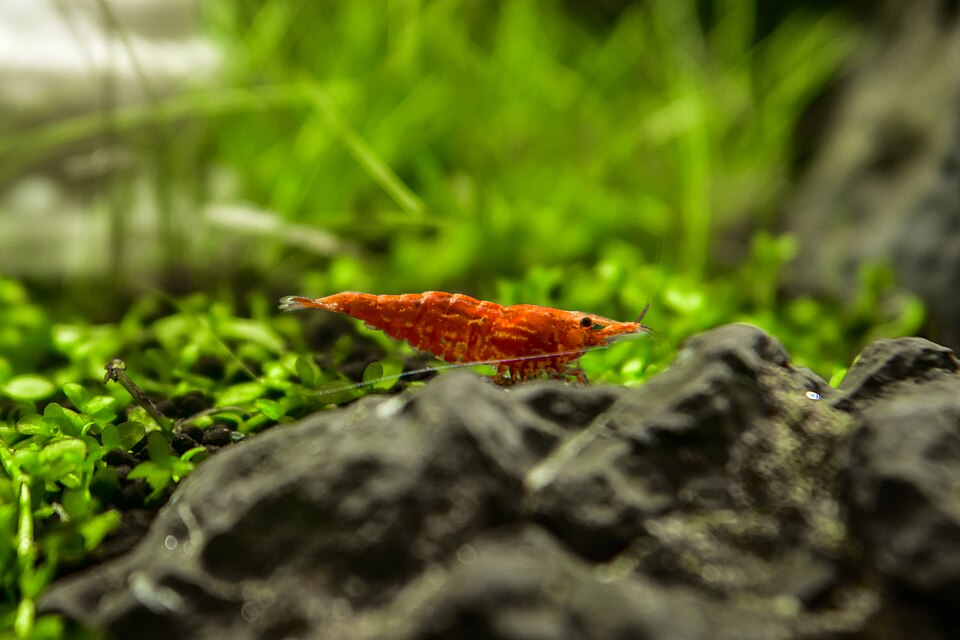

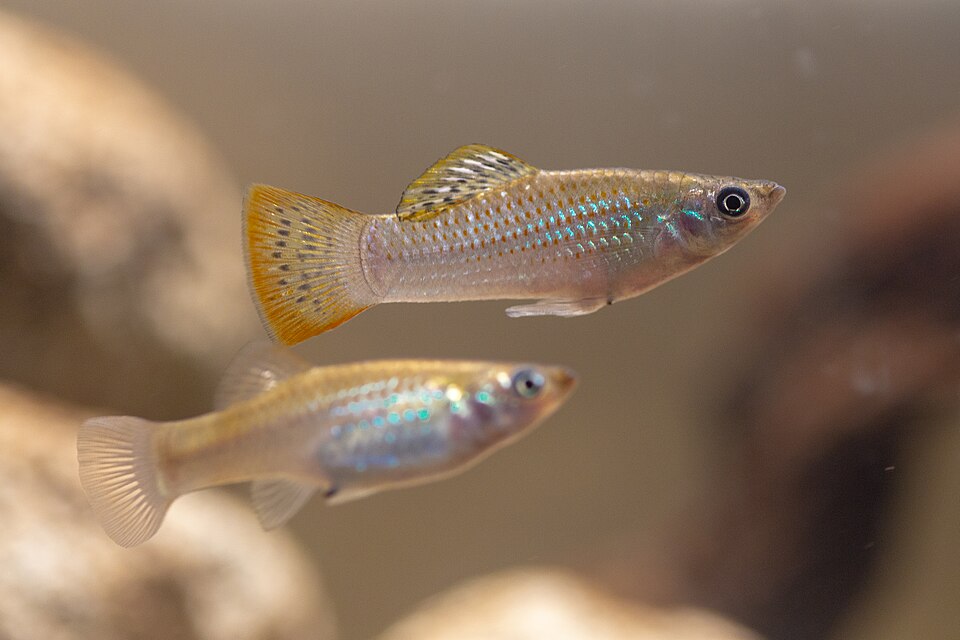
Leave a Reply